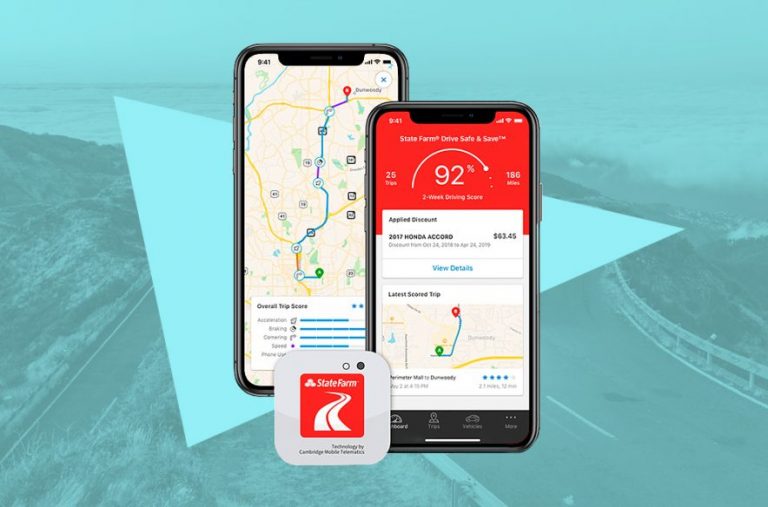Compliance in the USA generally means compliance with laws and regulations.
For example, in the United States employees have rights by law to safe and healthy working conditions. Occupational Safety and Health Administration (OSHA) is designed to ensure and enforce proper regulations that can keep workers safe. OSHA is a part of United States Department of Labor. Workplace fatalities have been drastically reduced since the inception of OSHA in 1970.
Under the Occupational Safety and Health Act (OSH Act), which Congress originally passed in 1970, employers must make sure that the work place is free of any hazards. Employers are required to provide training to workers about avoiding health and safety concerns caused by various chemicals or processes. OSHA performs routine inspections to ensure these.
Employees must also adhere to the OSHA rules like wearing protective gears as required and to comply with established safety standards. Employees should also report hazardous conditions to the employer and if these are not rectified, they can directly complain to OSHA. Employees also enjoy certain rights like the right to request information from their employer on hazardous procedures.
Now, beyond these, OSHA is very important to business in terms of monetary terms as well. Thinking from a long term perspective, efficient workplace safety and health programs also means saved money for the employers. Successfully implemented OSHA compliance can also add value to your business. OSHA estimates place the business costs associated with occupational injuries at close to $170 billion dollars. Safe and healthy employees mean savings in the form of reduced insurance costs, lower medical expenses etc. and also adds to improved productivity.
So coming back to rules and regulations, although everything looks great on the outside, implementation can be a headache due to lack of management leadership, thinned out employee participation, improper education and training, difficulty in program evaluation and improvement and also misaligned coordination between all the above. Companies need to avoid business risks and keep the compliance costs low.
So is there a way out? Sure there is and it is three letters L, M and S.
Yes you guessed right. A Learning management system can avoid the hassle of implementation and can make sure program sustainability. With an LMS proper training and evaluation can be successfully carried out. The LMS’s tracking mechanism makes sure that the progress of those who have taken the necessary course can be viewed real-time. Companies can easily track these and can take corrective actions in case of non compliance. It saves money through eLearning options, reduced trainer costs, e-records etc and saves time through consistency, retention, coordination, accessibility etc.
The major advantages of using an LMS to implement compliance standards are:
1) Thorough auditing and tracking
2) Detailed Dashboards and reports
3) Usage of regulatory board provided, third party supplied or customized course content
4) Consistent Evaluation
5) Aligning Compliance with business processes
6) Ability to manage online
7) Ability to import SCORM compliance courses
8) Centralized learning environment
9) Mobile accessibility
Phobos LMS provides user-friendly dashboard with login access to the trainer, trainees, Managers, department heads and staff of your organization. The application is built with set of rich modules to build your training unit as a virtual organization to facilitate continuous learning, compliance and improvement.
Phobos LMS has modules to manage users, organization hierarchy, import SCORM compatible courses from your local machines, build courses on the fly dynamically, build test dynamically and publish them. Once the courses and tests are published, the managers can invite their employees via Email with details to access the course or test. Workers can take courses or tests using any devices.
The courses are Tests are published in HTML5 format that enables viewing and attending in any device. There is an internal messaging system within the application and Calendar module as well to manage your activities. This way thorough regulatory compliance can be ensured.
To know more, please reach us at [email protected]









+ There are no comments
Add yours